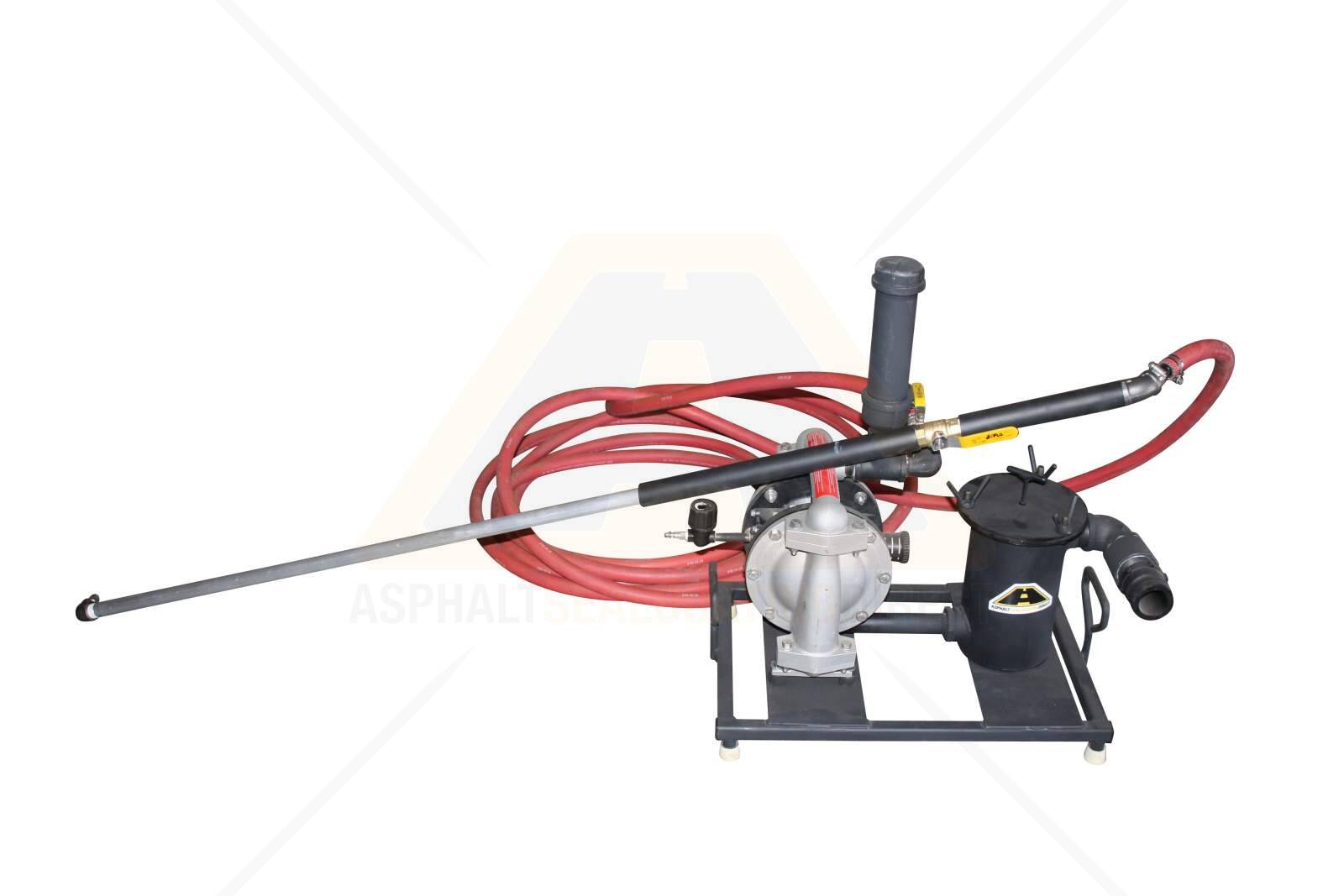Cold Mix Asphalt Vs. Hot Mix Asphalt: Which Is Right for You?

Structure Distinctions
Cold mix and warm mix asphalts differ dramatically in their make-up, with unique characteristics that influence their performance and applications. Cold mix asphalt is created by emulsifying the asphalt binder with water and an emulsifying agent before mixing it with aggregate. This approach enables for the asphalt to be convenient at reduced temperatures, making it excellent for short-term fixings and for use in chillier climate condition. Warm mix asphalt, on the other hand, is produced at heats, usually between 300-350 ° F, which helps to achieve far better compaction and an extra long lasting end product. The hot mix asphalt manufacturing procedure entails heating the aggregate and asphalt binder independently prior to incorporating them at the asphalt plant.
In addition, chilly mix asphalt tends to be less dense and a lot more versatile than warm mix asphalt. This versatility makes it better suited for locations with greater levels of movement, such as driveways or roads with heavy website traffic. On the other hand, hot mix asphalt is recognized for its high resilience and resistance to rutting and fracturing, making it a preferred selection for freeways and high-traffic roads where longevity is important.
Installation Refine Differences
The procedure of mounting cold mix and warm mix asphalt displays remarkable variances in their treatments and needs. Cold mix asphalt, being an extra flexible product, can be applied straight from the bag or container onto the pit or damaged area. It calls for minimal preparation job, such as cleaning up the area and compacting the chilly combine with hand tools. This makes it a practical option for quick and momentary solutions. In contrast, hot mix asphalt necessitates a more elaborate installation procedure. It involves warming the mixture to heats before laying it down on an appropriately ready base. The preparation includes compacting the base, using a tack layer, and utilizing heavy equipment like pavers and compactors for a resilient and smooth finish. Because of the heating needs, hot mix asphalt installations are commonly performed by specialists with specialized equipment, ensuring a more permanent and structurally sound outcome.
Toughness and Long Life Factors
When taking into consideration asphalt options, toughness and longevity are crucial variables to review for lasting sidewalk efficiency. Hot mix asphalt (HMA) is known for its exceptional longevity and longevity.
In regards to longevity, HMA typically outmatches CMA as a result of its exceptional strength and resistance residential or commercial properties. HMA pavements have a longer service life, calling for much less regular repairs and upkeep, which can equate to cost financial savings in the lengthy run. In addition, HMA pavements are a lot more easily personalized to meet certain project needs, further enhancing their longevity.
Cost Considerations
Thinking about the monetary effects is a crucial element when examining the choice in between hot mix asphalt (HMA) and chilly mix asphalt (CMA) for sidewalk jobs. While the first price of warm mix asphalt is generally greater than that of cool mix asphalt, HMA often offers a more affordable option over time because of its remarkable durability and longevity. HMA is recognized for its capacity go right here to endure heavy website traffic lots and rough climate condition, decreasing the need for frequent repair services and maintenance. On the other hand, chilly mix asphalt is much more budget friendly upfront however might need even more constant patching and resurfacing, bring about higher maintenance address costs in time.
In enhancement to product prices, it's vital to think about the expenditures connected with setup and upkeep when contrasting HMA and CMA. Inevitably, the choice in between HMA and CMA should take right into account not simply the initial price however also the long-term monetary ramifications to identify the most cost-effective option for the specific pavement task.
Environmental Influence Contrast
Contrast of the ecological effects between warm mix asphalt (HMA) and chilly mix asphalt (CMA) reveals distinctive distinctions in sustainability techniques. HMA production needs high temperatures, leading to enhanced energy intake and greenhouse gas emissions.
Moreover, making use of CMA commonly includes recycling existing asphalt sidewalk, advertising resource preservation and reducing the quantity of waste sent to land fills. This reusing element even more boosts the sustainability of CMA contrasted to HMA. Overall, when taking into consideration the ecological influence, CMA emerges as an extra eco lasting selection due to its reduced power requirements, lowered discharges, and the capacity for reusing existing materials. By selecting CMA over HMA, road building and construction projects can contribute positively to environmental conservation initiatives.
Final Thought
In final thought, the choice in between chilly mix asphalt (CMA) and hot mix asphalt (HMA) relies on various factors such as structure, installment procedure, sturdiness, long life, price, and environmental impact. angle parking. While CMA provides a quick and cost-effective service for minor repair services, HMA makes certain exceptional longevity and longevity for rush hour areas. Take into consideration these factors very carefully to identify which type of asphalt is the ideal choice for your paving needs

Thinking about the economic implications is an essential element when evaluating the selection in between warm mix asphalt (HMA) and cold mix asphalt (CMA) for sidewalk tasks. While the first price of warm mix asphalt is typically higher than that of chilly mix asphalt, HMA usually supplies a much more cost-effective option in the helpful site long run due to its exceptional sturdiness and long life. cold mix asphalt.Comparison of the ecological impacts in between hot mix asphalt (HMA) and cool mix asphalt (CMA) exposes unique differences in sustainability techniques.In conclusion, the option in between chilly mix asphalt (CMA) and warm mix asphalt (HMA) depends on various factors such as composition, installment procedure, durability, durability, price, and environmental impact